Creative Journaling Ideas You’ll Actually Enjoy Using
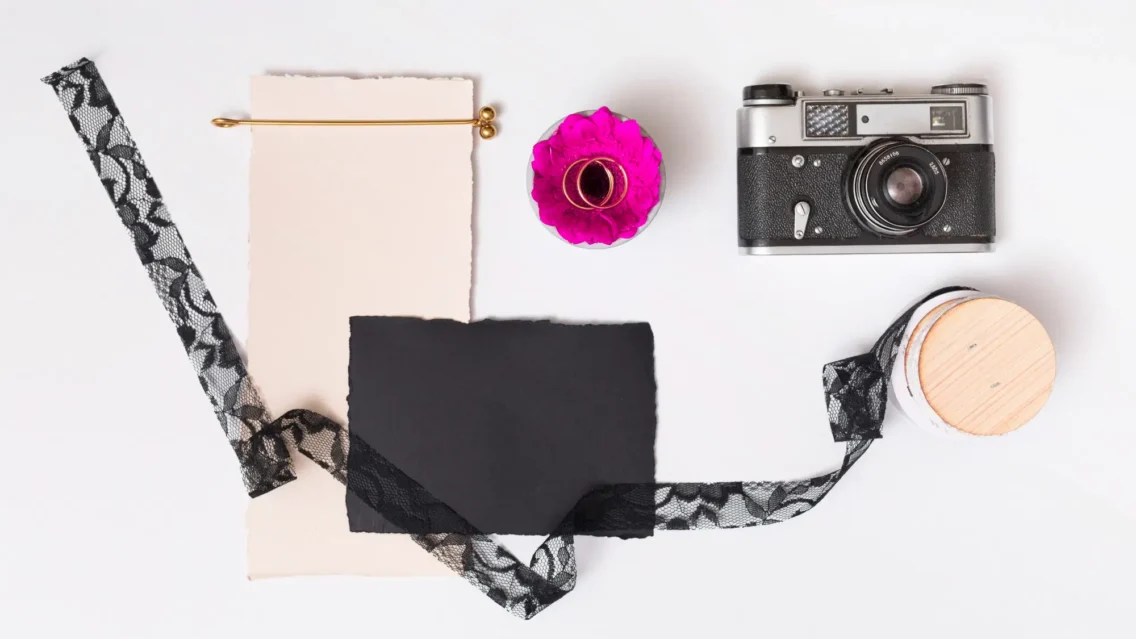
Why We Need Fresh Journaling Ideas
Most people picture journaling as a notebook filled with words and maybe a few doodles, but today, creative journaling ideas are changing that picture. Journaling now goes beyond words—it can be painting, voice notes, photography, or scrapbooks.
Why does this matter? Because not everyone connects best through writing. Some people prefer visual cues like sketches or mood-driven colors, while others process emotions more easily through voice recordings that capture tone and energy. For those who love tangible keepsakes, collecting ticket stubs or postcards can be just as reflective as filling a page with sentences.
These alternatives also fit different lifestyles. A busy parent might snap quick photos of everyday joys, while a student might use voice notes between classes, and a working professional might keep a scrapbook to preserve meaningful travel moments. By matching the method to the person, journaling becomes less of a chore and more of a practice you’ll actually look forward to.
Why Creative Journaling Works Better for Some People
Traditional journaling is powerful, but it isn’t the only way to reflect. Daily writing works well for some, but others may find it repetitive or overwhelming. Creative journaling steps in as an alternative—offering painting, voice notes, photos, or memory-keeping for those who connect better outside of written words.
The strength of these methods lies in flexibility. Instead of struggling with a blank page, you can choose an outlet that matches how you naturally process emotions—whether visually, through sound, or by preserving physical mementos.
If you’re unsure where to begin, start small: paint how your week felt, record a quick gratitude note, or snap a photo of a meaningful moment. Testing out different approaches helps you discover the format that feels most authentic, turning reflection into something you’ll look forward to rather than avoid.
Let’s explore some of the most engaging options.
Art Journaling: Painting Your Thoughts Instead of Writing Them
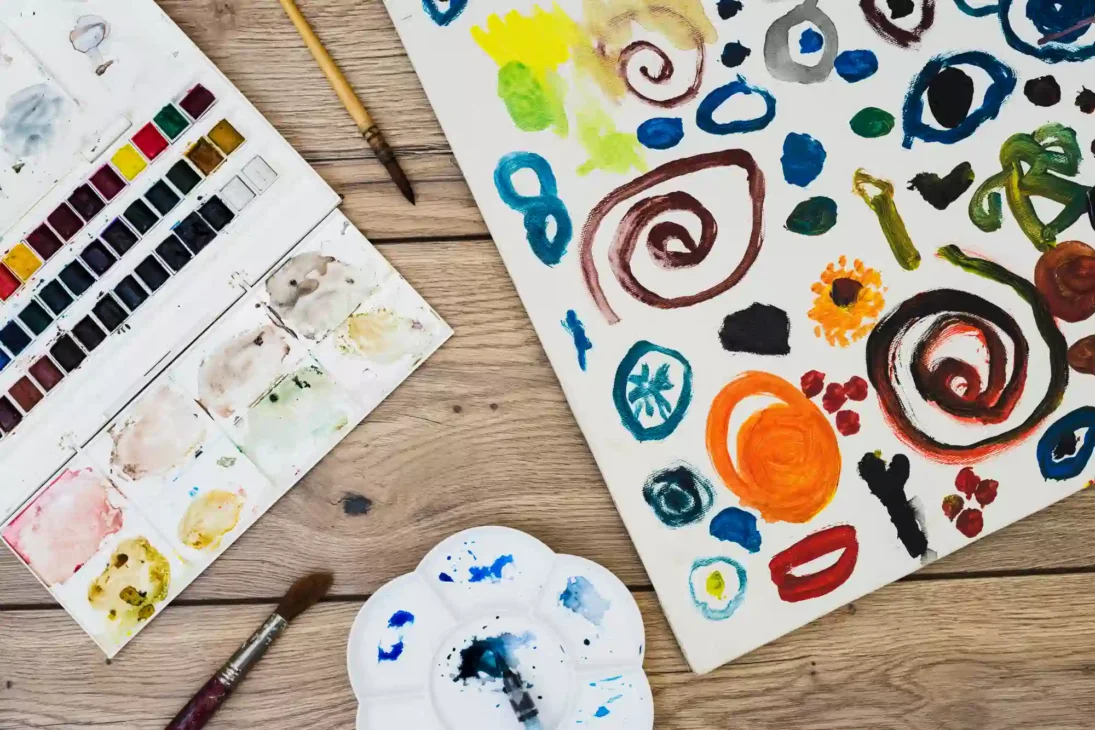
Art journaling lets you turn emotions into images. Instead of searching for words, you can play with colors, textures, and shapes to reflect your inner state—bold strokes for anger, layered collages for complex feelings, or soft lines for calm. The key isn’t artistry but honesty; even a quick page of abstract doodles can show you what’s simmering beneath the surface.
Prompt/Tip: Pick three colors that match your mood and fill a page without worrying about the result. Translating emotions into shapes and colors helps you process feelings you might not fully understand in words, and over time, your journal becomes a visual map of emotional growth.
Voice Note Journals: Speaking Your Heart Out
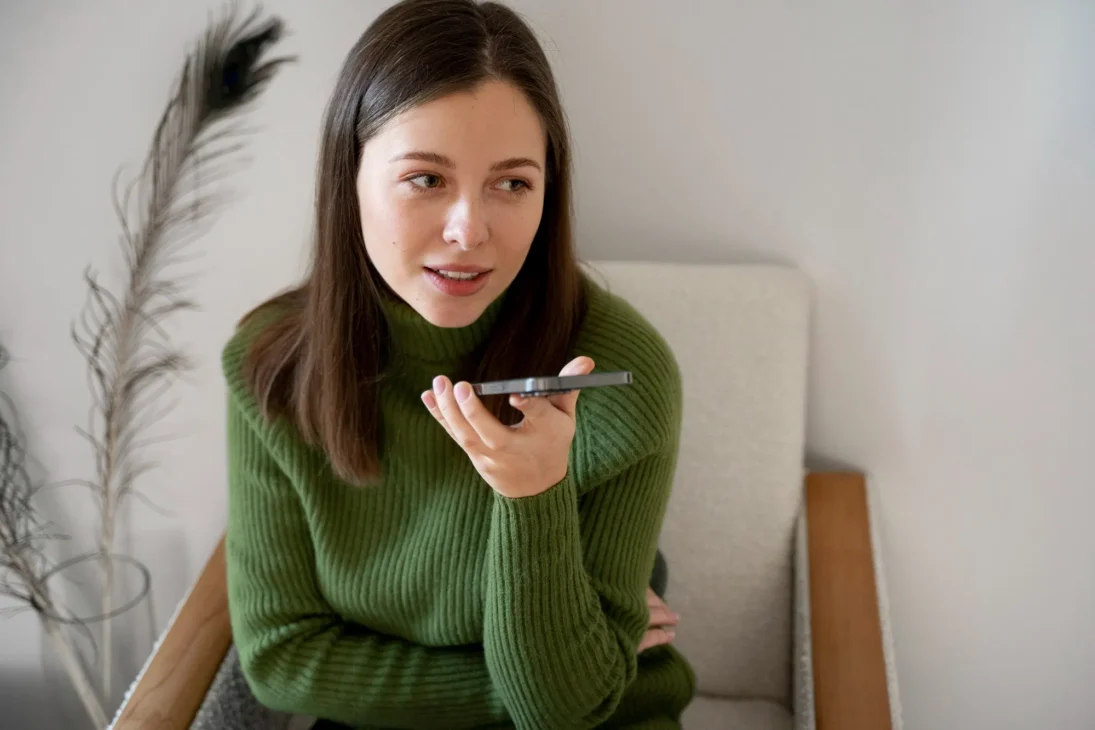
If writing feels like a chore, try speaking instead. With voice notes, you simply press record and talk through your day—whether it’s a vent after a tough meeting, a gratitude list before bed, or encouragement for your future self. This format captures your tone and energy in a way writing can’t, offering richer context when you listen back later.
Prompt/Tip: Record a short pep talk (1–3 minutes) for your future self. This encourages resilience and helps you track emotional patterns without feeling pressured.
Common pitfall: Rambling until it feels overwhelming. Keep notes short so reflection stays focused but manageable. Over time, these recordings become a powerful audio diary of your shifting perspective.
Photography Diaries: Capturing Life One Snapshot at a Time
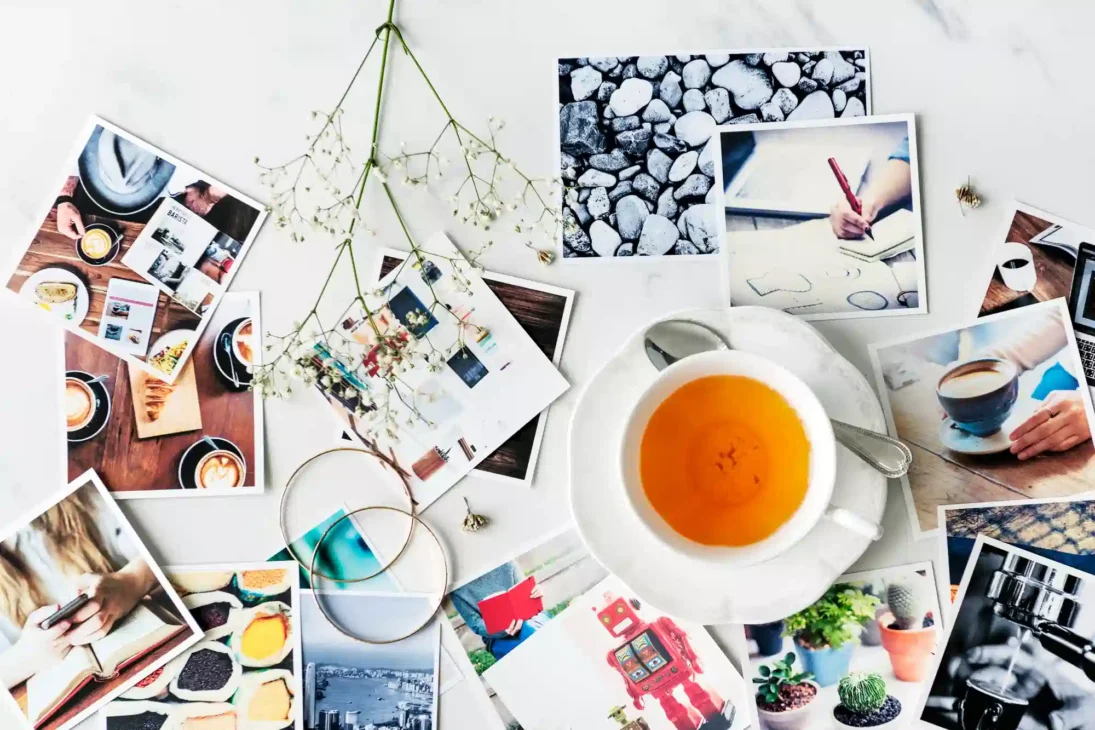
Photography journaling transforms fleeting details into lasting reflections. A single image—your morning coffee, a shadow on the wall, a smile from a friend—can hold emotions words miss. Unlike art journaling, which is interpretive, photography offers concrete visual reminders that map your daily life and moods.
Prompt/Tip: Choose one daily theme (light, texture, color, or routine) and capture it consistently. These snapshots build mindfulness, train you to notice small joys, and create a visual record of patterns in your emotional landscape that reveal how your environment shapes your perspective.
Scrapbooking: Memory-Keeping with a Twist
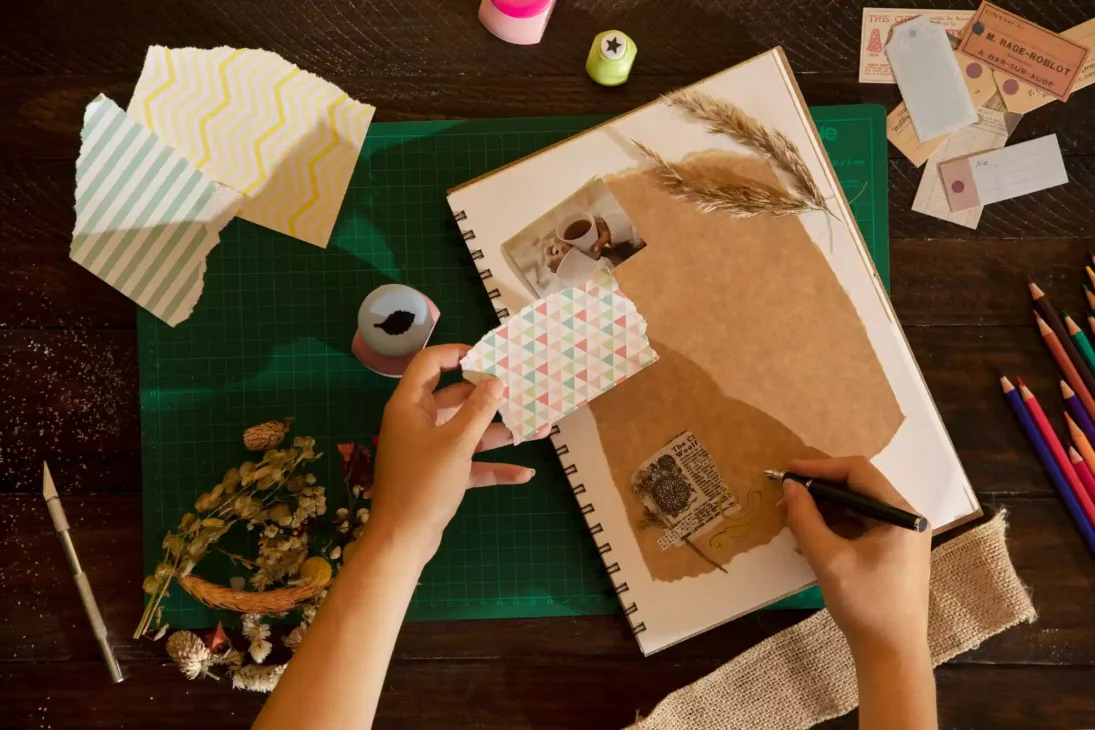
Scrapbooking combines creativity with storytelling. Instead of describing experiences, you piece together ticket stubs, pressed flowers, postcards, or handwritten notes into layered pages that preserve both memory and feeling. Unlike digital albums that often get buried in devices, scrapbooking builds a tactile story you can hold and revisit.
Prompt/Tip: Collect simple items from one day of your week and assemble them into a single memory page. This preserves ordinary moments, reinforces gratitude, and highlights meaning in everyday life.
Watch out for: Perfectionism. The goal isn’t a “Pinterest-worthy” page—raw, personal layouts carry more emotional value.
Beginner tip: Try one method per week instead of all at once. This way, you can notice which approach feels most natural before making it part of your routine.
The Mental Health Benefits Backed by Science
No matter which style you choose, creative journaling supports wellness in measurable ways. Research in psychology, art therapy, and mindfulness consistently shows that expressive practices lower stress, improve emotional regulation, and strengthen overall resilience. Here’s how each benefit connects with the methods we’ve explored:
Reduces Stress
Studies show that art, writing, and photography reduce cortisol, the body’s stress hormone. For example, splashing bold colors in an art journal or snapping photos of calming moments after work helps the nervous system shift into relaxation. These small rituals act as micro-breaks for the mind.
Boosts Emotional Awareness
Journaling gives shape to emotions that might otherwise stay bottled up. Voice notes work especially well here—hearing your own tone and energy brings clarity to what you’re really feeling. Over time, these recordings highlight emotional patterns, triggers, and coping strategies.
Strengthens Memory and Focus
Photography diaries and scrapbooking in particular reinforce recall. By noticing light, colors, or details in a photo, or revisiting ticket stubs and pressed flowers in a scrapbook, you train your brain to slow down and pay attention. A 2023 study in the National Institutes of Health (NIH) found that documenting experiences through visual mediums improved both focus and long-term memory.
Encourages Emotional Release
Holding emotions in can feel heavy. Creative journaling channels that weigh into something tangible—whether a page filled with angry red strokes, a recorded rant, or a scrapbook of hopeful moments. Psychologists say this externalizing process reduces mental clutter and prevents emotions from festering.
Improves Mood
Daily creative rituals are linked to higher self-esteem and gratitude. Looking back at colorful art pages or a series of joy-filled photos reminds you of your growth. Even small achievements—like completing one scrapbook page—become visible proof of progress, which boosts happiness.
The best part? These benefits build over time. Choose one method that feels natural, stick with it, and consistency will turn journaling into a sustainable wellness tool.
FAQs
1. Can I combine different creative journaling ideas in one practice?
Absolutely. Many people find that blending methods makes the practice more personal and engaging. For example, you might write a short reflection in your notebook, then tape in a photo from the day or doodle in the margins. The key is to mix what feels natural, so your journal becomes a true reflection of your life.
2. How often should I do creative journaling for it to be effective?
Consistency matters more than frequency. Journaling even two to three times a week can improve mindfulness and emotional clarity, but some people prefer a short daily practice, like snapping one photo each morning or writing a quick gratitude list at night.
3. Do I need expensive materials or equipment to start?
Not at all. You can start with whatever you already have—your phone’s recorder for voice notes, a basic notebook for writing, or free collage apps for digital scrapbooking. The goal is self-expression, not perfection, so focus on tools that make the process enjoyable rather than costly.
Your Journal, Your Way
The beauty of journaling today is that there’s no single “right” way to do it. Whether you’re painting emotions, recording voice notes, capturing photos, or piecing together memories, each method helps you reflect and care for your mental health in a way that feels personal.
The key is to simply begin. Choose one method that excites you, set aside 10 minutes this week, and let your creativity guide the process without worrying about perfection.
Your story matters, and your journal, in whatever form you choose, can become a safe space where growth, healing, and self-expression unfold.


